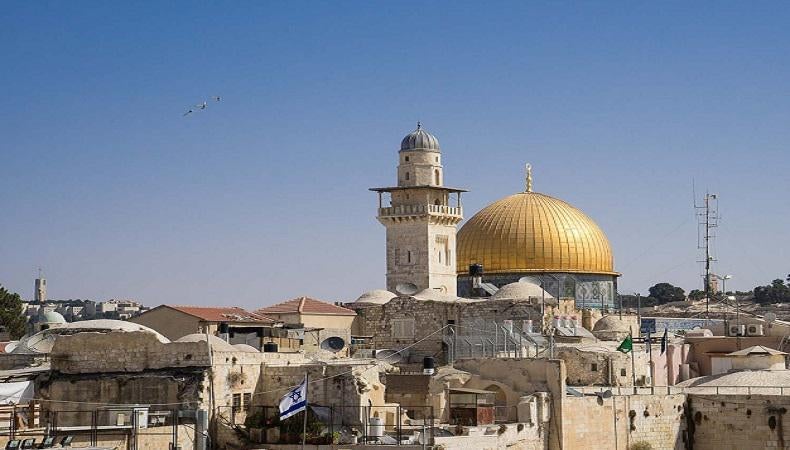Today, the Israeli Supreme Court presented a compromise to four of the 28 Palestinian families at risk of eviction from homes in Sheikh Jarrah. This East Jerusalem neighborhood became the subject of international attention when, in May, the legal dispute going on for decades was the spark that sparked the 11 days of conflict between Israel and Hamas in Gaza in May.
According to the three judges’ proposal, Palestinian families would be confirmed as “protected tenants” for three generations, in exchange for a two-year rent of 2,400 NIS (about 600 euros) to be paid to Nahalat Shimon. This Jewish organization claims ownership of the lots. The parties have until November 2 to decide whether to accept or reject the mediation proposal and in this second case, the Court will have to rule on the dispute in the last instance.
That is a compromise similar to others already presented over the years, with some minor differences. Palestinians are not required to formally recognize Jewish property, thus preserving their position vis-à-vis state authorities because of a planned land registration procedure. In an indefinite future, they will be able to carry out renovations and repairs; they will be considered protected tenants from the first generation, and in one case from the second, preserving the rights up to the third generation.
However, the payment of the rent to Nahalat Shimon implies recognition of their property, and it isn’t easy to think that the Palestinians will accept this solution, rejected in all previous stages of the ongoing proceedings. The lawyers of the four families declined to comment, as did Aref Hammad, a spokesman for the neighborhood, who said he had not yet seen the proposal’s details. “We reject the occupation court’s proposal and any temporary solution, reaffirming our property right,” Suhad Abdel Latif, an activist from Sheikh Jarrah, told the Arabi21 website.
The affair has been dragging on in the courts for over thirty years. In 2009, two Palestinian families had already been evicted in another proceeding similar to the one underway. The land in question had been purchased in 1872 by some Jewish families in the then Ottoman Jerusalem. After the war of 1948, the Jews fled with the Jordanian occupation of the eastern part of the city. In 1956, the Jordanians built 28 homes on that land to accommodate Palestinian families in exchange for renouncing the refugee status issued by UNRWA but failing to register the properties in their name, creating the vacuum that has led to today’s situation.
In 1967, with the Six-Day War, Israel conquered East Jerusalem from the hands of Jordan, annexing it to the rest of the city, which it considers “a single and indivisible capital.” The 1950 “absentee property law” allows Israel to confiscate the assets of “those who left their property to go to an enemy country.” Israeli authorities return those homes to the heirs of the Jewish owners, who later sold the rights to associations linked to the Israeli right – including Nahalat Shimon – who want to recreate on the spot the Jewish settlement born at the end of the 19th century around what the Jewish tradition identifies as the tomb of Shimon the Right.


